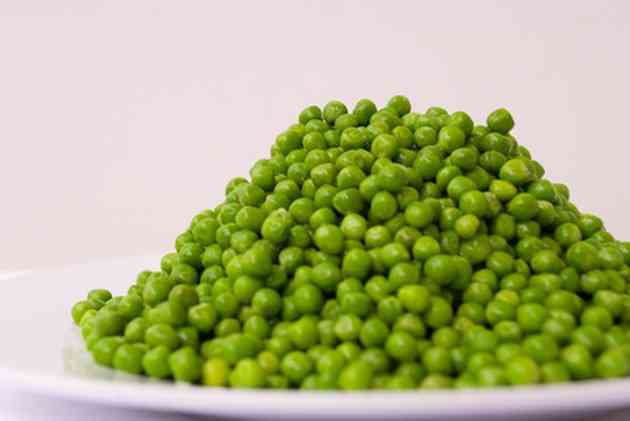The Best Natural Estrogen Sources for Post Menopausal Women

Natural estrogens, called phytoestrogens, are plant-based foods with weak estrogen activity. Some women find that adding natural estrogen in the form of phytoestrogens helps control post menopausal symptoms, according to e.hormone.com, the website of the Center for Bioenvironmental Research. Two types of phytoestrogens are the lignans and the isoflavones. Lignans are found in flaxseeds, whole grains and some fruits and vegetables. Isoflavones are found in soybeans and legumes. Research is continuing to evaluate the effectiveness of natural estrogens for menopause. A medical doctor should be consulted when choosing any natural health plan.

Flaxseeds
The phytoestrogens in flaxseed are known as lignans. The seeds are ground for better absorption and added to breads, cereals and salads. According to DietaryFiberfood.com, flaxseed has the highest amount of phytoestrogens: 379,380 mcg per 100 g. There are 85.5 mg lignans in one ounce of flaxseed, as reported by the Linus Pauling Institute at Oregon State University.
Soybeans
Soybeans are the richest source of phytoestrogens called isoflavones. Some women find menopausal symptom relief from eating foods rich in isoflavones, according to The Linus Pauling Institute at Oregon State University. Whole soybeans are available fresh and often called edamame. One cup contains 24 mg of isoflavone or 103,920 mcg phytoestrogen per 100 g.
Tofu
Tofu is made from soybeans and is high in isoflavones. It is available in soft to firm varieties and can be added to soups and main dishes. Three ounces provide 20 mg of isoflavone or 27,150.1 mcg phytoestrogens per 100 g, according to DietaryFiberfood.com.
Soy Yogurt
Soy yogurt or tofu yogurt is another good source of phytoestrogens. In one-half cup there are 21 mg of isoflavones or 10,275 mcg phytoestrogens per 100 g.
Sesame and Sunflower Seeds
Sesame seeds are rich in the phytoestrogen called lignans. In one ounce of sesame seeds there are 11.2 mg lignans, or 8008.1 mcg phytoestrogens per 100 g. Sunflower seeds have less phytoestrogens, but still supply 216 mcg per 100 g.
Multi-Grain Bread
The phytoestrogens called lignans are also present in whole grains such as rye, oats, barley and wheat. The amount varies in breads by recipe and amount of whole grains, but approximately 4,800 mcg phytoestrogen per 100 g is supplied, according to DietaryFiberfood.com.
Soy Milk
Soy milk contains the phytoestrogen isoflavone. In one cup of soy milk there are 30 mg of this flavonoid that has estrogenic properties, according to the Linus Pauling Institute, or 2,957.2 mcg phytoestrogens per 100 g.
Hummus
Hummus is made with cooked, mashed chickpeas and tahini, which supplies 993 mcg of phytoestrogens per 100 g.
Garlic
Garlic belongs to the onion family and is rich in flavonoids, containing 603.3 mcg of phytoestrgens per 100 g.
Mung Bean Sprouts and Alfalfa Sprouts
Mung bean sprouts contain 495.1 mcg phytoestrogens per 100 g. Alfalfa sprouts, which are a good addition to salads and sandwiches have 441.4 mcg per 100 g.
Dried Apricots, Dates and Prunes
Dried apricots are a much better source of phytoestrogen than fresh apricots. Dried apricots contain 445.5 mcg per 100 g. Dried dates are also a good source, supplying 329.5 mcg; dried prunes provide 177.5 mcg per 100 g.




